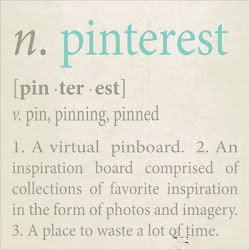Something interesting I learned today (thanx to the awesome site: Food Renegade!)....
Did you know MSG has over 40 different legal names that the FDA permits food manufacturers to use in their labeling?
From TruthInLabeling.Org:
There are over 40 food ingredients besides “mono-sodium glutamate” that contain processed free glutamic acid (MSG). Each, according to the FDA, must be called by its own, unique, “common or usual name.” “Autolyzed yeast,” “maltodextrin,” “sodium caseinate,” and “soy sauce” are the common or usual names of some ingredients that contain MSG. Unlike the ingredient called “mono-sodium glutamate,” they give the consumer no clue that there is MSG in the ingredient.
The Truth in Labeling Campaign has asked the FDA to require manufacturers to identify ingredients that contain MSG by listing MSG on a product’s label. In response, we have been told that FDA regulations require that all food ingredients be called by their “common or usual names,” but there is no requirement that a constituent of an ingredient be identified. Processed free glutamic acid (MSG) is considered to be a constituent of a hydrolyzed protein or fermentation product because the MSG is created during the hydrolyzation or fermentation process. To autolyze yeast, for example, yeast is subject to processing; and during that processing, protein is broken down, and glutamic acid is freed. The finished autolyzed yeast product will, therefore, always contain processed free glutamic acid (MSG) as a constituent of the autolyzed yeast. The MSG will not have been poured into the autolyzed yeast. Rather, the MSG will have been processed into the autolyzed yeast.
The distinction between having MSG poured into an ingredient and processed into an ingredient is important because the glutamate industry plays on this distinction in their efforts to hide the presence of MSG. One of their favorite ways of hiding MSG is to claim that there is “no added MSG” in a product. If MSG is processed into a product instead of being poured into a product, they declare that there is “no MSG added” or “no added MSG,” in the product, even though they know full well that the product contains MSG.







2 comments:
You should check this site out: http://www.cosmeticsdatabase.com/splash.php?URI=%2Fbrowse.php%3Fmaincat%3Dbabycare
Hey Shelley! I have seen that site before (looked up everything we were using at the time)... but had since kinda forgotten about it. Thanx for the reminder! -- Off explore it some now... :-)
Post a Comment